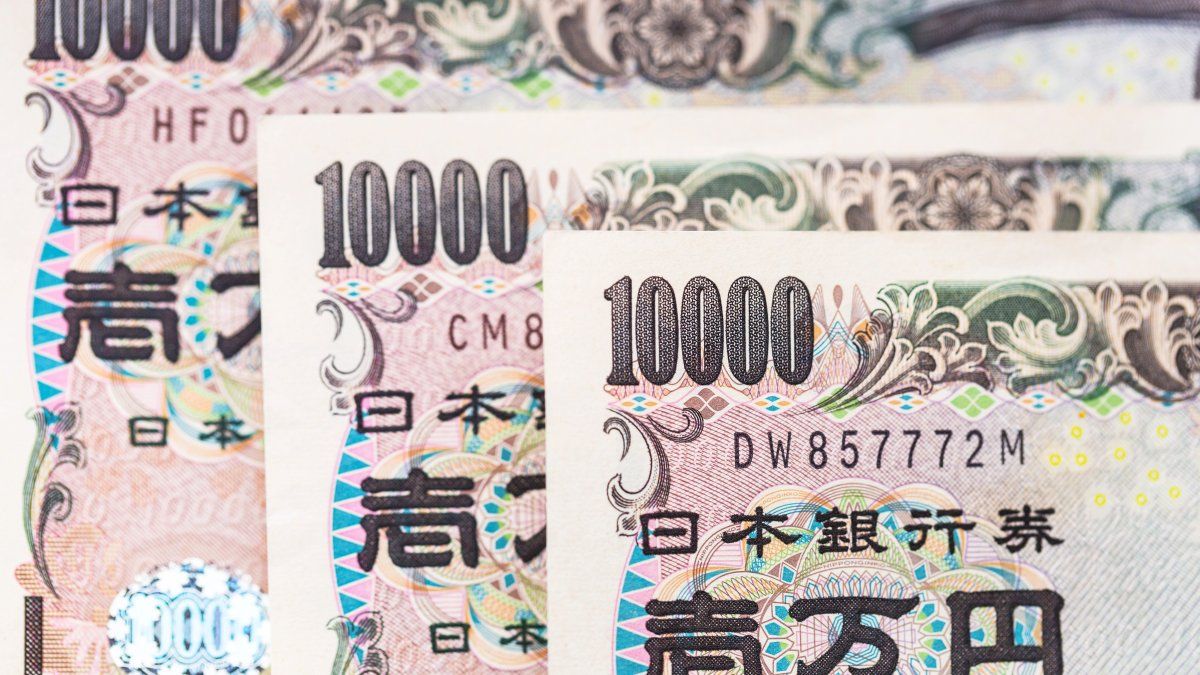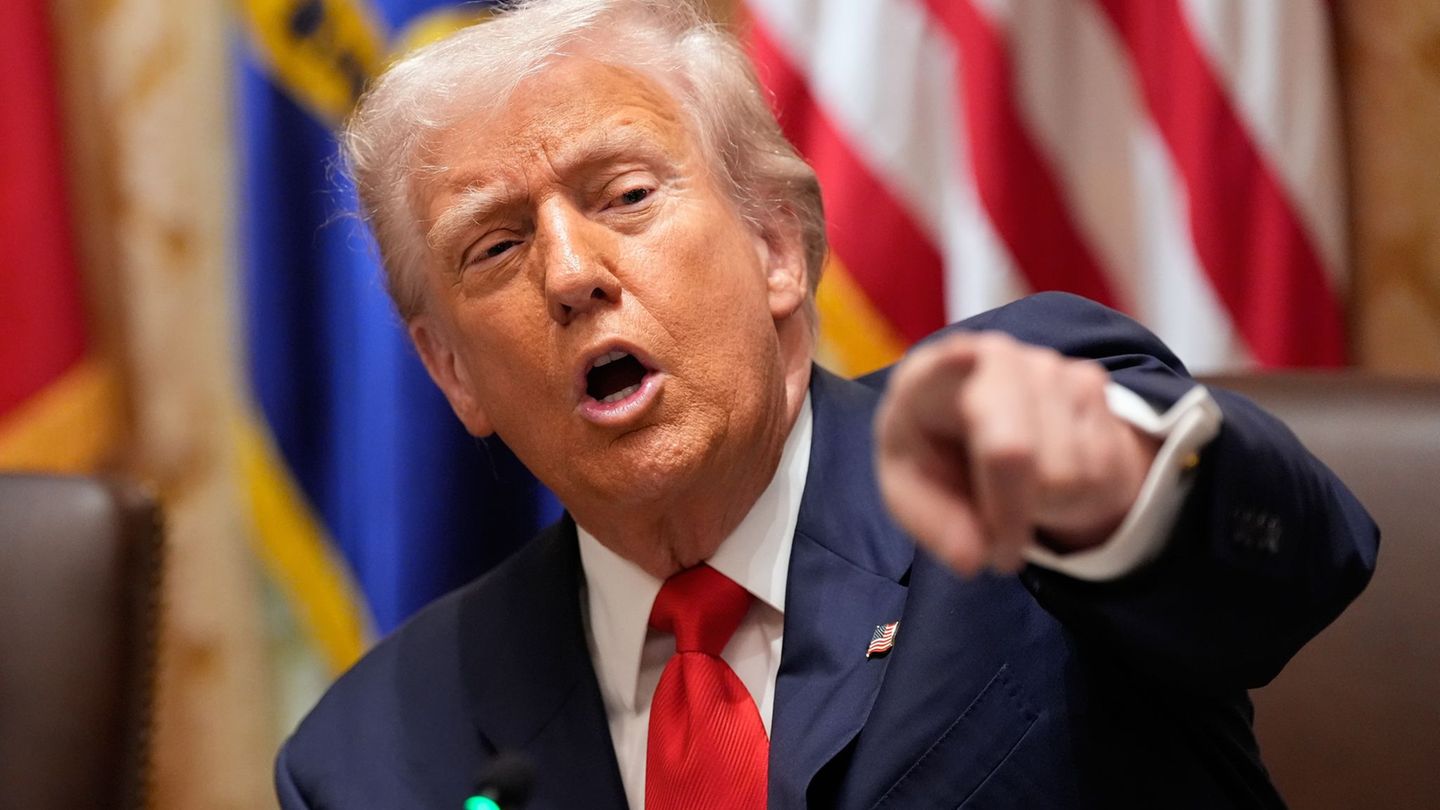The Bank of Japan (BoJ) has undoubtedly become a surprise market protagonist this summer after raising interest rates by 25 points to the highest level since 2008 on July 31. This, together with weak macro data from the US, triggered a global wave of liquidation of yen carry trades and fears that the US will enter a recession in the coming months. The truth is that Japan faces a challenging second half of the year marked by monetary adjustments and new political challenges, and analysts anticipate further increases by the BoJ until the middle of next year.
For example, for the people of the Nomura group, the Japanese central bank will continue to raise rates, Although now they believe that it will be done a little later to avoid market volatility. after BoJ Deputy Governor Shinichi Uchida said they would not raise the policy rate when financial and capital markets are unstable. Before Prime Minister Kishida announced he was withdrawing from re-election, Nomura had expected the BoJ to raise rates again at its October meeting or in December. Now They no longer consider the October meeting as an option and see the December meeting as the only possibility for this year..
But Looking ahead to 2025, they continue to anticipate further rate hikes at the central bank’s meetings in May and July. Along these lines, Danske Bank experts expect the BoJ to raise its policy rate to 1% in the next 12 monthsand they do not expect it to wait for all the pieces to fall into place before tightening monetary policy further. They point out that the BoJ is no longer concerned only with building an economic momentum that will foster self-sustaining inflation of 2%, but that the yen has become central.
Meanwhile, people at Japanese financial group Mitsubishi (MUFG) warn that risk sentiment remains fragile as the yen remains at weaker levels. They point out that the minutes of the last BoJ monetary policy meeting at the end of July revealed that some members of the board described the interest rate as “significantly low” and? BoJ to remain ‘very accommodative’ even after raising the rate to 0.25%. However, one member noted that policy normalisation should not be an end in itself, and that future policy should be conducted “carefully”.
The three challenges facing the BoJ
Nomura analysts believe that the BoJ faces three main challenges: carry out its policy rate operations, manage risks to its monetary policy and manage expectations (i.e. communication) regarding its monetary policy.
Regarding the first challenge, they believe that the BoJ can raise rates to an accommodative range as the economy and inflation move in line with the scenario described in its Outlook Report. On the risks side, the BoJ’s main concern appears to be that inflation could rise more than expected, mainly as a result of the weaker yen. This is a risk, they say, that combined with rising demand and a growing willingness by companies to raise prices as they raise employee wages, a weaker yen could push inflation higher than expected. “If this risk becomes a reality, the BoJ may have to raise interest rates quickly.”they say. At the same time, they expect that, while balancing its rate movements with inflation risks, the BoJ will watch its communication, especially with markets very cautious about the possibility that it is becoming more aggressive. But to all the monetary and exchange rate mess, Japan also adds a series of political challenges following Kishida’s resignation as leader of the Liberal Democratic Party (LDP).
Following the announcement, several names began to be floated as a possible successor, including Shigeru Ishiba, the favorite to become the new leader of the LDP according to a Jiji Press survey earlier this month. But Regardless of who becomes the new party leader and, by extension, prime minister, Nomura is considering the possibility of a general election being called before the end of the year. The names of former Minister of State for Economic Security Takayuki Kobayashi and current Minister of Economy, Trade and Industry Ken Saito are also in the betting pool, so markets are already trying to decipher their intentions on the economy and monetary policy. “So far, neither Kobayashi nor Saito have made any comments on monetary policy. Kobayashi has repeatedly spoken about economic security and also seems to be focusing on education and investment in people. Saito seems to be aiming to redirect production and strengthen the semiconductor industry through industrial policy,” they note.
Danske’s people explain that the BoJ’s about-face should perhaps also be seen in light of the very low approval rating of Prime Minister Kishida and his cabinet, with only 25% approving in August.below the so-called danger level of 30%. They note that a very weak currency is usually not popular with the public and in Japan it creates quite visible inflation due to its status as a major energy importer. “To a large extent, a weak currency benefits major exporters at the expense of consumers. That process may generate inflation, but it will be painful for consumers until corporate profits are passed on to employees,” these strategists note. “Even if household spending shows only a modest improvement, we expect the BoJ to hike another 25 points this year, followed by another 25 points in the first and second quarters. However, given the recent global, and particularly Japanese, market turbulence, we expect the BoJ to be a bit more cautious at the autumn policy meetings.”they acknowledge.
Source: Ambito




